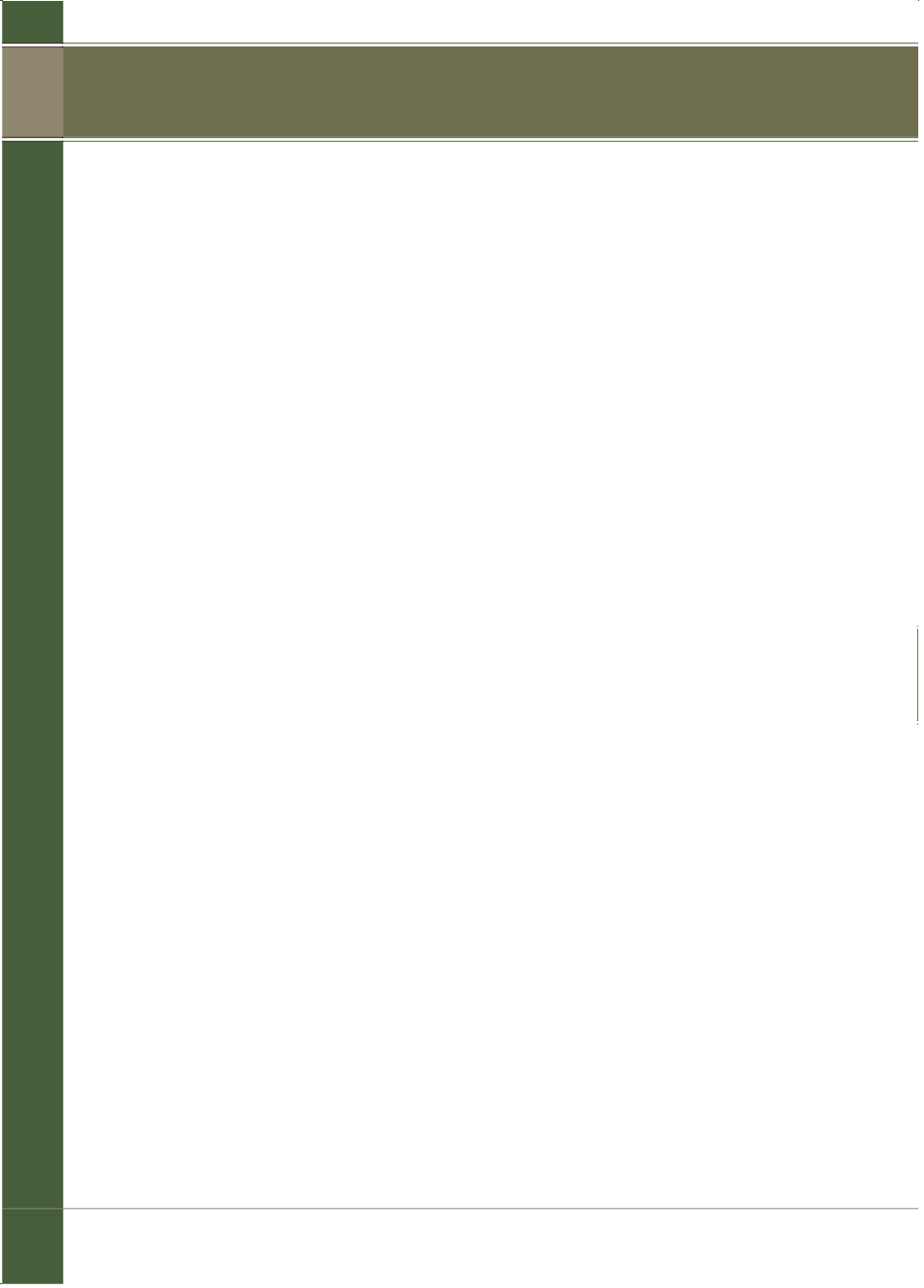

120
• On theVTCs, Danger areas are shownwith a solidmagenta linewith a
magenta dot verge along the inside of its boundary.
• On all chartswhere aRestricted andDanger area have a common lateral
boundary, only theRestricted area verge is shown. TheDanger area
boundary is indicated by labels (AIPGEN 3.2).
AIRSPACEBOUNDARY INFORMATION
Distances associatedwith airspace boundaries indicate the datum onwhich
the airspace is based, and is shown as follows:
• ‘nm’ indicates a distance from the aerodrome referencepoint.
• ‘DME’ or ‘TAC’ indicated a distance basedon that navigation aid.
• Some control zones have boundaries basedon a runway threshold; e.g.
‘7NMFM THRRWY 33’ indicates a distancebasedon the threshold of
Runway 33 at the associated aerodrome (AIPGEN 3.2).
FREQUENCY INFORMATION
Flight InformationArea (FIA) boundaries and frequencies are depicted in
green. ATC frequencies and the associated boundaries for use inClass E
airspace are depicted in brown.
Theprefix to a frequency indicates the provider of the service.
Where a single area is divided vertically between different frequencies, the
vertical limits applicable toeach frequencywill be indicated (AIPGEN 3.2).
DEPICTIONOFCOMMONTRAFFICADVISORY FREQUENCY (CTAF)
At non-controlled aerodromeswheremulticom (126.7MHz) isnot theCTAF,
or non-controlled aerodromes that have an associatednavaid, anentry ‘CTAF’
followedby thedesignated frequency, is annotated in abox associatedwith
the location. ERSA should alwaysbe consulted aspart of thepre-flight planning
processprior tooperating at non-controlled aerodromes.
In areaswherenumerous aerodromes and landing sites includinguncharted
aerodromes share the same frequency, anoteon charts states ‘for operations
at aerodromes and landing sites in this areauseCTAF<frequency>’.
2 – preparat i on
charts

















